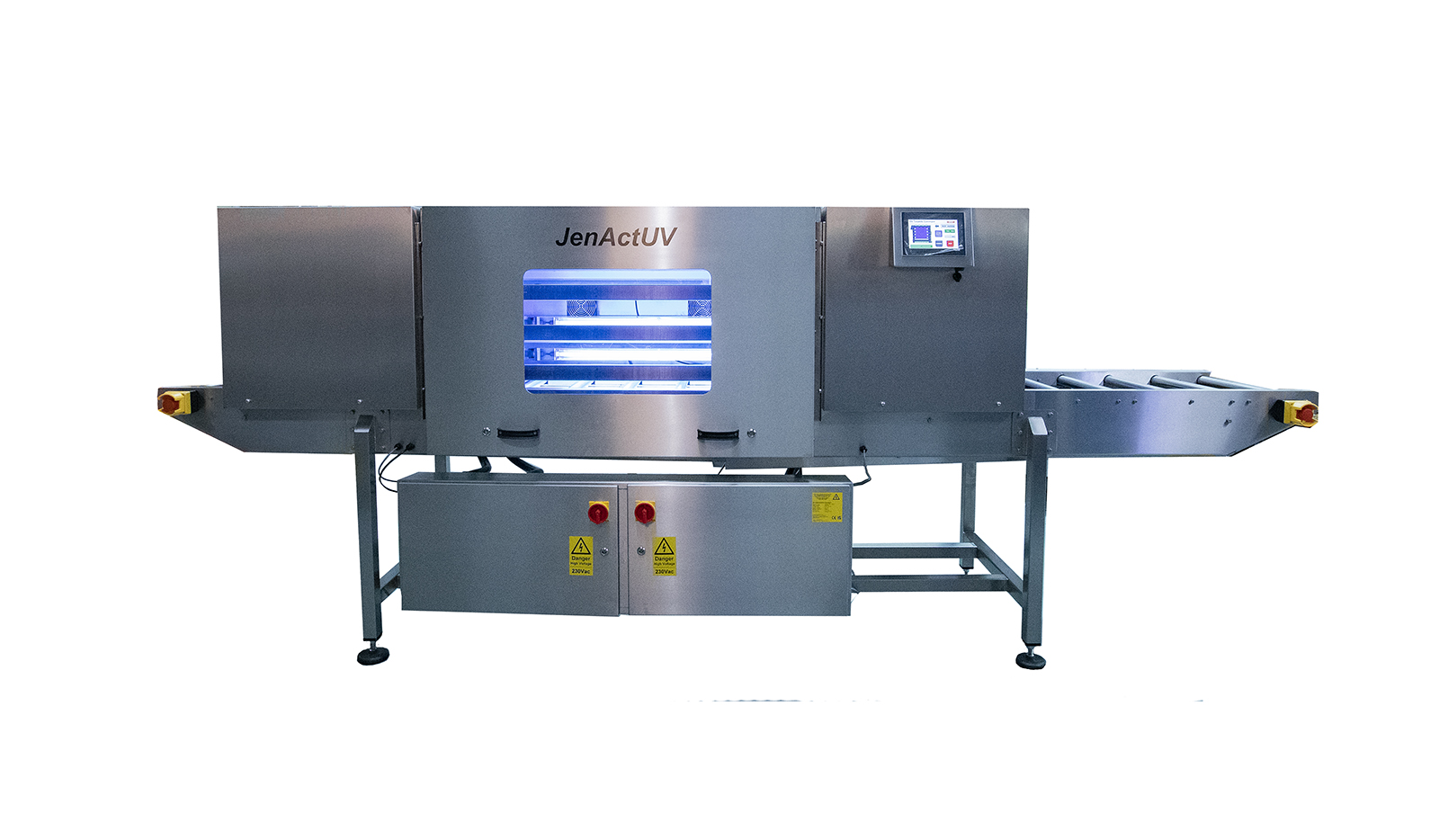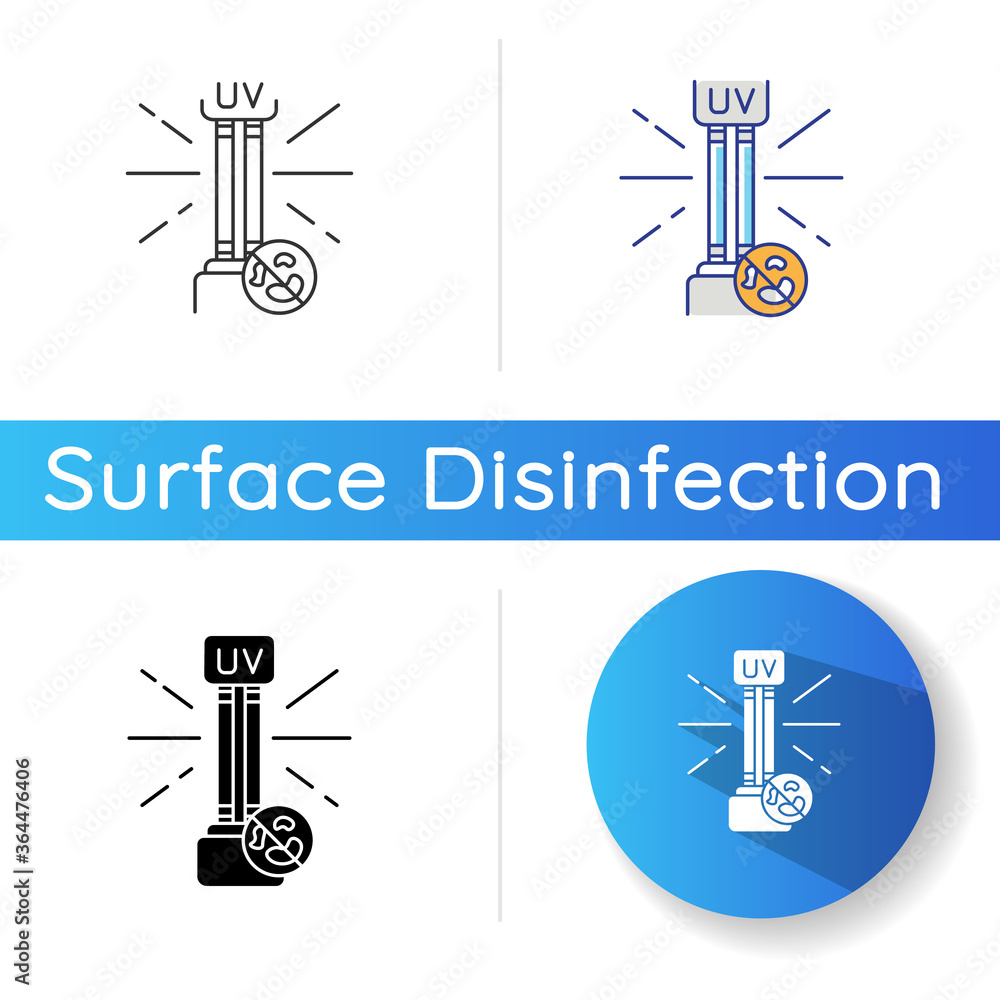UV Disinfection: The Cutting-Edge Technology Transforming Cleanliness Practices
In the realm of sanitation practices, one technology has emerged as a game-changer: UV sanitation. With its ability to eliminate hazardous microorganisms, this innovative modern technology is changing the means we come close to tidiness and hygiene. But just how does UV sanitation job, and what are the advantages it uses? From health care setups to food handling, UV sanitation is making its mark in various industries. In this discussion, we will check out the complexities of this transformative innovation and look in advance to its promising future.
How UV Disinfection Works
UV disinfection functions by using ultraviolet light to ruin or suspend microorganisms, giving a chemical-free and very reliable technique of sanitation. This innovation utilizes the power of short-wavelength UV-C light, which is qualified of damaging the DNA and RNA of bacteria, thus rendering them unable to recreate and trigger damage.
The process begins with the installment of UV disinfection systems, which contain UV lamps that release UV-C light. These lights are tactically positioned in areas where microbial contamination is a problem, such as water treatment plants, healthcare facilities, labs, and food handling facilities.
When microorganisms are exposed to UV-C light, the photons penetrate their cell wall surfaces and reach the DNA and RNA inside. The high-energy UV-C photons interfere with the hereditary material by developing bonds in between adjacent nucleotides, leading to the development of thymine dimers. These dimers avoid the microbes from replicating, providing them harmless.
UV sanitation is extremely efficient against a large range of bacteria, consisting of parasites, germs, and infections. It is particularly reliable versus waterborne virus like E. coli, Giardia, and Cryptosporidium. Additionally, UV sanitation is a chemical-free approach, removing the requirement for potentially harmful anti-bacterials and lowering the danger of dangerous sanitation by-products.
Benefits of UV Sanitation
UV sanitation uses various advantages in the area of sanitation, making it a highly preferred approach for effectively removing damaging microorganisms. Unlike conventional sanitation methods that rely on chemicals, UV disinfection utilizes ultraviolet light to ruin the DNA of bacteria, rendering them not able to duplicate and create infections.

UV disinfection is also extremely versatile in its applications. It can be used in different settings, consisting of health centers, institutions, food processing facilities, and water therapy plants. UV disinfection systems can be quickly incorporated into existing sanitation methods, supplying an additional layer of defense against transmittable diseases.
In enhancement to its effectiveness and flexibility, UV disinfection is likewise eco pleasant. It does not create any kind of hazardous by-products or residues, making it a lasting and risk-free method for cleanliness - uv surface disinfection. UV sanitation calls for minimal upkeep and has a long life-span, resulting in expense savings in the long run.
UV Disinfection in Healthcare Setups
In health care settings, UV disinfection has arised as a cutting-edge method for properly getting rid of damaging bacteria. UV disinfection functions by discharging ultraviolet light at a specific wavelength that is lethal to microorganisms, infections, and various other microbes.
First of all, UV sanitation is a non-chemical technique, making it an eco-friendly choice contrasted to traditional disinfection methods that usually entail using harsh chemicals. The usage of UV light eliminates the requirement for chemical anti-bacterials, reducing the risk of damaging residue or chemical direct exposure to both individuals and health care workers.
Furthermore, UV disinfection is extremely reliable in killing a large range of microorganisms, consisting of drug-resistant bacteria such as MRSA and C. difficile. It supplies a consistent and trusted disinfection procedure, ensuring that all surfaces and devices are extensively decontaminated, also in hard-to-reach areas.

UV Disinfection in Food Processing
The application of UV disinfection prolongs past healthcare setups and locates substantial worth in the world of food processing. uv surface disinfection. UV sanitation technology is ending up being increasingly preferred in the food industry due to its capacity to effectively eliminate damaging virus and improve food security
One of the main benefits of UV sanitation in food handling is its capacity to target a wide variety of bacteria, consisting of mold and mildews, bacteria, and viruses. By utilizing UV light at details wavelengths, it is possible to interfere with the DNA and RNA of these pathogens, making them not able to recreate or trigger damage. This modern technology can be applied to different stages of the food handling chain, including surface area disinfection, devices sanitation, and water therapy.
UV disinfection offers a non-thermal and chemical-free approach of sterilizing foodstuff. Unlike traditional sanitation approaches that rely upon chemicals or warmth, UV modern technology does not leave any kind of deposit or modify the preference, texture, or nutritional worth of the food. This makes it an optimal remedy for industries that call for stringent adherence to quality requirements.
Furthermore, UV sanitation systems are simple to operate and install, calling for minimal maintenance. They can be incorporated into existing processing lines without triggering significant disruptions to the manufacturing process. In addition, UV systems have a quick treatment time, allowing for constant handling and lowering downtime.
The Future of UV Disinfection

One area where UV sanitation is expected to make significant innovations is in the area of medical care. With the surge of antibiotic-resistant bacteria and the demand for much more effective disinfection techniques, UV light has the potential to play a vital duty in lowering healthcare-associated infections. UV sanitation systems can be utilized to sanitize surface areas, tools, and even the air in healthcare facilities, assisting to avoid the spread of dangerous virus and enhance person safety.
An additional industry that could profit from advancements in UV sanitation innovation is the food sector. UV light has currently verified to be an efficient technique for decontaminating food and decreasing the danger of foodborne health problems. As innovation improves, we can expect to see a lot more efficient and economical UV sanitation systems being implemented in food handling plants, guaranteeing that the food we take in is risk-free and without hazardous germs.
Verdict
Finally, UV sanitation is an advanced technology that is transforming hygiene practices in medical care setups and food processing. By utilizing UV light to kill or shut down microbes, it provides countless benefits such as efficiency, effectiveness, and safety. With continuous improvements in this field, UV disinfection holds great possible for the future of cleanliness, giving a reliable and sustainable remedy for keeping tidy and sanitary atmospheres.
UV sanitation is a chemical-free method, removing the need for potentially unsafe disinfectants and minimizing the risk of harmful sanitation by-products.
Unlike typical sanitation techniques that depend on chemicals, UV disinfection makes use of ultraviolet light to ruin the DNA of microorganisms, providing them unable to reproduce and create infections. Unlike standard sanitation methods that count on chemicals or warmth, UV technology does not leave any residue or modify the taste, structure, or nutritional worth of the food. As technology improves, we can this website expect to see a lot more affordable and reliable UV disinfection systems being applied in food processing plants, making certain that the food we consume is safe and best site totally free from harmful bacteria.
In conclusion, UV disinfection is an innovative innovation that is changing sanitation methods in medical care setups and food processing.